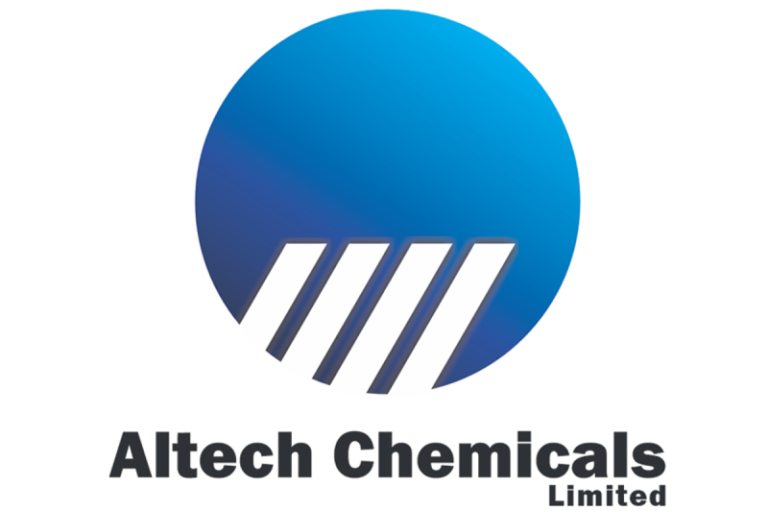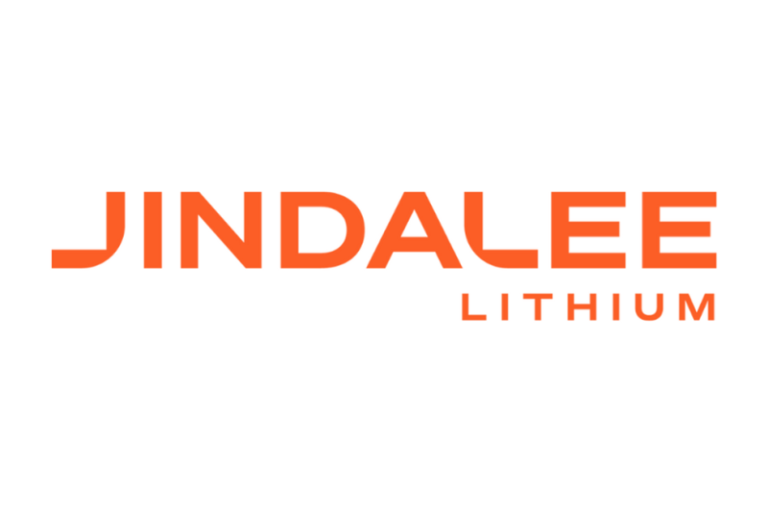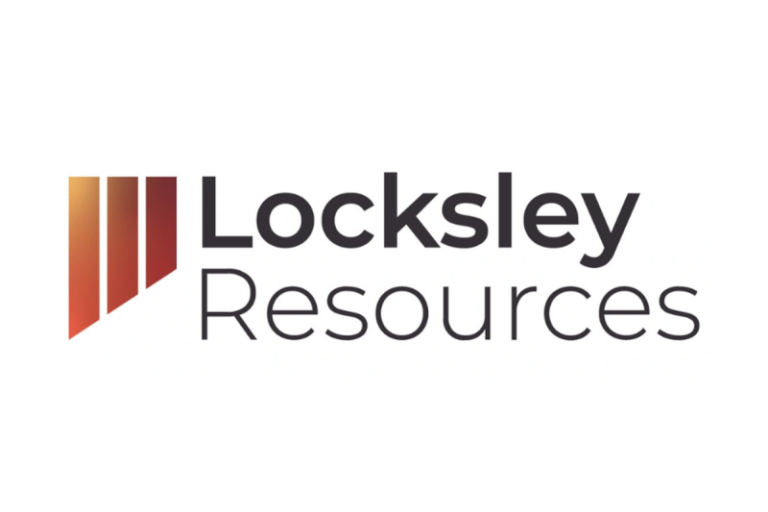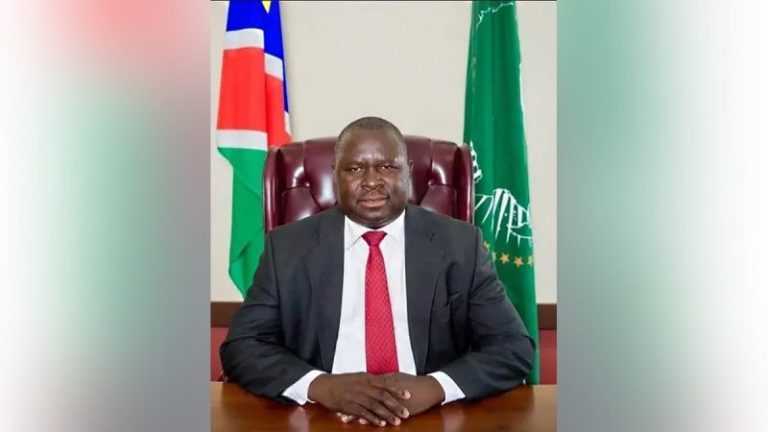The end of the shutdown delivered something rare in Washington: a second chance to get healthcare right. As part of the agreement to reopen the government, Senate Majority Leader John Thune, R-S.D., committed to holding a vote in December on extending the enhanced premium tax credits in the individual market. That creates an opportunity to avoid steep premium hikes and to begin building a system that works better for patients.
For Democrats who voted to end the shutdown, the incentives are straightforward. They want to show that their compromise leads to real relief for families facing higher premiums. They will look for a deal that solves the problem in front of them, but they will back away if Republicans turn the bill into another fight over repealing the Affordable Care Act (Obamacare). The task now is to fix what is broken, not revisit old conflicts.
This moment also gives Republicans a chance to show they can govern. Healthcare costs are a major driver of the affordability crisis facing families. They reduce take-home pay, increase the price of goods and services, and push both households and governments deeper into debt. Employers, who carry most of the cost of coverage for people under 65, feel the pressure directly, and workers feel it in their wages.
President Donald Trump has already outlined an important principle: instead of routing federal subsidies through insurance companies, direct that support to individuals so they can choose the care and coverage that work best for them. Florida Republican Sen. Rick Scott has made a similar argument, calling on Republicans to fix Obamacare. Combined with growing bipartisan support for price transparency, these ideas point toward a practical strategy that empowers patients and employers and encourages a more competitive market.
Today’s system moves in the other direction. Prices are hidden, administrative layers keep expanding and incentives are misaligned in ways that guarantee prices will rise year after year. These problems are especially severe in the individual market, which has fewer participants, a less healthy risk pool and limited plan competition. Making this market functional again requires more enrollment, more choices and more transparency.
The December vote is the right moment to begin that shift. A package that addresses the immediate subsidy issue and lays the groundwork for long-term reform is both achievable and necessary. There are practical solutions already developed by center-right institutions such as the America First Policy Institute, the Paragon Institute, leaders in Congress and Trump’s policy proposals.
The first step is a responsible phase-out of the enhanced premium tax credits through 2026. This avoids an abrupt cutoff and gives the rest of the reforms time to take effect.
Second, Congress should adopt a proposal from the Paragon Institute to restore and reform the Cost Sharing Reduction (CSR) payments in Obamacare, giving qualifying enrollees the option to receive their CSR subsidies directly into a health savings account (HSA). This one change addresses several problems at once.
It lowers premiums and reduces federal costs. When CSR payments were halted in 2017, insurers responded by sharply raising premiums on silver plans, a practice known as ‘silver loading.’ Because premium tax credits are tied to the price of silver plans, this increased federal spending. A 2018 analysis by the Congressional Budget Office found that restoring CSR funding would reduce the federal deficit by about $30 billion over a decade. Providing the funding is less expensive than continuing the current workaround.
It also creates the budget space needed to phase out the enhanced premium tax credits in a responsible way. The savings could be used to fund the phase-out or to provide more generous HSA contributions from the CSRs to strengthen support for lower-income Americans.
Most importantly, it empowers patients. According to Paragon, the typical annual HSA contribution for someone receiving CSR assistance would be about $2,000. That is meaningful support that families can control directly. If they remain healthy, unused dollars stay in the account and continue to grow. If they get sick, they can use the funds for out-of-pocket costs. Because the money belongs to them, they have a clear incentive to compare prices and choose high-value care, which encourages greater competition among providers.
Next, Congress should strengthen the individual market’s risk pool by expanding affordable choices. That means allowing any health plan approved by the state insurance commissioner to be included in the exchanges, expanding access to copper plans, adjusting age-rating rules so younger people pay less, and modernizing individual coverage health reimbursement arrangements (ICHRAs) so more small businesses can offer coverage. Practical changes, such as letting employees choose between an ICHRA and a traditional group plan, allowing workers to contribute pretax dollars to close premium gaps and removing unnecessary COBRA requirements, would make ICHRAs more attractive.
The first step is a responsible phase-out of the enhanced premium tax credits through 2026. This avoids an abrupt cutoff and gives the rest of the reforms time to take effect.
Finally, these reforms should be paired with the bipartisan Patients Deserve Price Tags Act, sponsored by Kansas Republican Sen. Roger Marshall and Colorado Democrat Sen. John Hickenlooper. The bill would strengthen enforcement of price transparency rules so small businesses, self-funded employers and new purchasing groups can contract directly with providers and transparent pharmacies. This would reduce costs, remove middle men, and increase competition.
This is a moment for practical governing. The shutdown deal did not only reopen the government. It opened a door. If Republicans take this opportunity, they can solve a real problem for millions of Americans and begin a long-overdue transition to a health system that puts patients, not bureaucracies, in charge.
December’s vote could be the start of that transition. It should be.
Disclaimer: Gingrich 360 has consulting clients in the healthcare industry which may be impacted by changes to healthcare laws.










